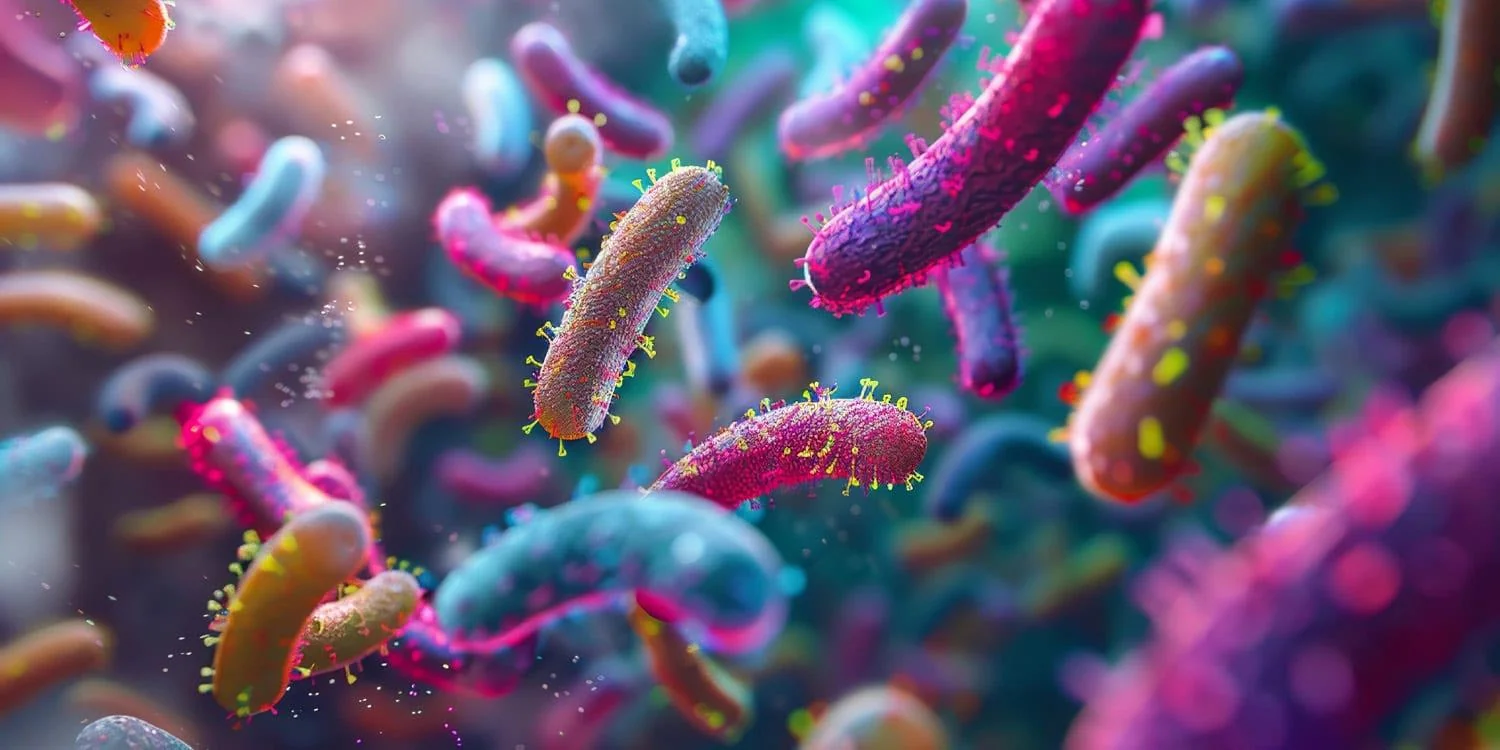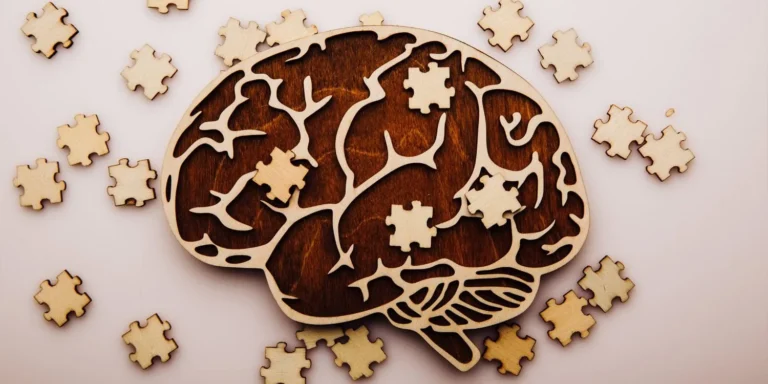Three very different pediatric and adolescent diagnoses, one surprising biological overlap. A new study in Neuroscience reports that children and adolescents with autism spectrum disorder, attention-deficit/hyperactivity disorder, and anorexia nervosa share distinctive gut microbe patterns, along with differences in hormones that help regulate appetite. The findings illuminate a gut-brain connection that spans conditions often treated in isolation, while underscoring how much remains to be understood.
The microbiome meets the developing brain
The trillions of microbes in the human gut influence metabolism, immunity, and the production of molecules that can interact with the nervous system. In recent years, researchers have probed links between the microbiome and neurodevelopmental and psychiatric conditions, but results have often been scattered across individual disorders and small studies. This new analysis brings three conditions into the same lens, comparing them to healthy peers using the same methods.
The study evaluated stool samples from children and adolescents diagnosed with autism spectrum disorder (ASD), attention-deficit/hyperactivity disorder (ADHD), or anorexia nervosa (AN) and compared them to controls. The team profiled bacterial communities and measured circulating hormones tied to hunger and satiety, including leptin, ghrelin, and peptide YY (PYY). The aim was not to diagnose through the gut, but to map shared and distinct biological features that might help explain overlapping behaviors around eating and energy regulation.
What the researchers found
Across all three diagnostic groups, the analysis identified a higher ratio of Bacteroidetes to Firmicutes compared with controls. Scientists often watch this ratio as a coarse marker of gut ecosystem balance, although it is not a definitive indicator of health on its own. The study also reported lower levels of bacteria commonly considered beneficial, including Bifidobacterium and Faecalibacterium, across ASD, ADHD, and AN.
Beyond this shared pattern, each condition carried a microbial fingerprint. Children with ASD and ADHD showed reduced overall bacterial richness, a sign of lower diversity. The ASD group had higher levels of Bacteroidetes and Escherichia-Shigella and lower levels of Actinobacteriota and Ruminococcus. In ADHD, Escherichia-Shigella and Desulfovibriota were elevated, while Firmicutes were reduced.
Adolescents with anorexia nervosa also showed lower Firmicutes, but their profiles diverged in other ways, with increased Proteobacteria, Cyanobacteria, and Verrucomicrobiota. These shifts tracked with hormone changes: children with ADHD had significantly lower PYY, a satiety signal released after eating. In anorexia nervosa, leptin, ghrelin, and PYY were all lower than in healthy peers, a pattern that aligns with the intense metabolic adaptations seen in starvation. The study did not find significant differences in common markers of intestinal inflammation or nerve growth factors among the groups.
How to read these results, without overreading them
This is an association study, not a test of cause and effect. Differences in the microbiome could reflect the conditions themselves, the ways young people with these diagnoses tend to eat, their activity levels, medications, body weight, or other factors that also shape gut ecosystems. Cross-sectional snapshots cannot determine whether microbial shifts help drive symptoms, or arise because of them.
Diet is a likely confounder. Many autistic children have sensory sensitivities that narrow food choices. Young people with ADHD may struggle with regular meal timing or variety, while anorexia nervosa involves energy restriction and rigid eating patterns by definition. Each of these behaviors can change the microbes that flourish in the gut, and those microbes can in turn influence metabolic and signaling pathways related to appetite and energy use.
The Bacteroidetes-to-Firmicutes ratio merits special caution. It has been linked to obesity, undernutrition, and inflammatory conditions in past work, but findings vary widely and depend on measurement methods and populations. A ratio can hint at ecosystem shifts, yet it does not capture the full complexity of microbial networks or their functions.
Appetite hormones and the gut-brain loop
The hormone findings add an important layer. Leptin signals energy sufficiency, ghrelin stimulates hunger, and PYY promotes fullness after meals. Changes in these signals can influence motivation to eat, meal size, and how rewarding food feels, all of which matter in ASD, ADHD, and AN for different reasons. The parallel differences in gut microbes suggest the gut-brain axis may be shaping, and responding to, behavior in these conditions.
That does not mean that a probiotic will treat core symptoms, or that manipulating microbes alone will alter complex neurodevelopmental trajectories. The gut-brain loop is an exchange, not a single lever. Any attempt to translate these findings into interventions would need to test whether targeted dietary patterns, prebiotics that feed beneficial microbes, or carefully selected probiotic strains can nudge both microbial composition and hormone signaling in a sustained, clinically meaningful way.
What comes next
The most informative studies will follow children over time, beginning before symptoms emerge or diagnoses are made. Longitudinal designs can help untangle directionality, revealing whether microbial shifts precede changes in appetite regulation and behavior, or track alongside them. Trials that standardize diet and account for medication use, antibiotic exposure, and body mass could further clarify which changes are truly linked to diagnosis, and which are byproducts of lifestyle and treatment.
Deeper sequencing that measures microbial function, not just composition, will also be key. Two children may share a genus name in their results, yet host microbes with different metabolic talents. Short-chain fatty acid production, bile acid metabolism, and tryptophan pathways are among the functional routes that could connect gut ecology to brain signaling. Pinpointing which functions are altered, and whether they can be safely modified, would make the biological story more actionable.
As for more aggressive approaches, such as fecal microbiota transplantation, there is no evidence base to support their use for these conditions in children or adolescents, and the risks are nontrivial. Families should be wary of sweeping claims and seek guidance from clinicians who understand both the gut and the brain sides of the equation.
Why this matters, even with caveats
By aligning three distinct diagnoses under a shared biological theme, the study invites a broader view of eating behavior and neurodevelopment. It suggests that appetite signaling and microbial ecology may be common threads that influence how these conditions present, and how they overlap with issues like selective eating, meal timing, and energy balance. That does not erase the profound differences among ASD, ADHD, and AN, but it does create space for cross-cutting research questions and potential adjunctive therapies that target physiology rather than labels.
The lesson for readers is twofold. First, the microbiome is not destiny, and no single bacterium explains a child’s behavior or needs. Second, the gut is part of the story, one that can either reinforce challenges around eating and self-regulation or ease them as care plans evolve. Practical steps that help many children, such as introducing fiber-rich foods slowly, setting predictable meal routines, and treating gastrointestinal discomfort promptly, can support both gut health and daily functioning, regardless of diagnosis.







